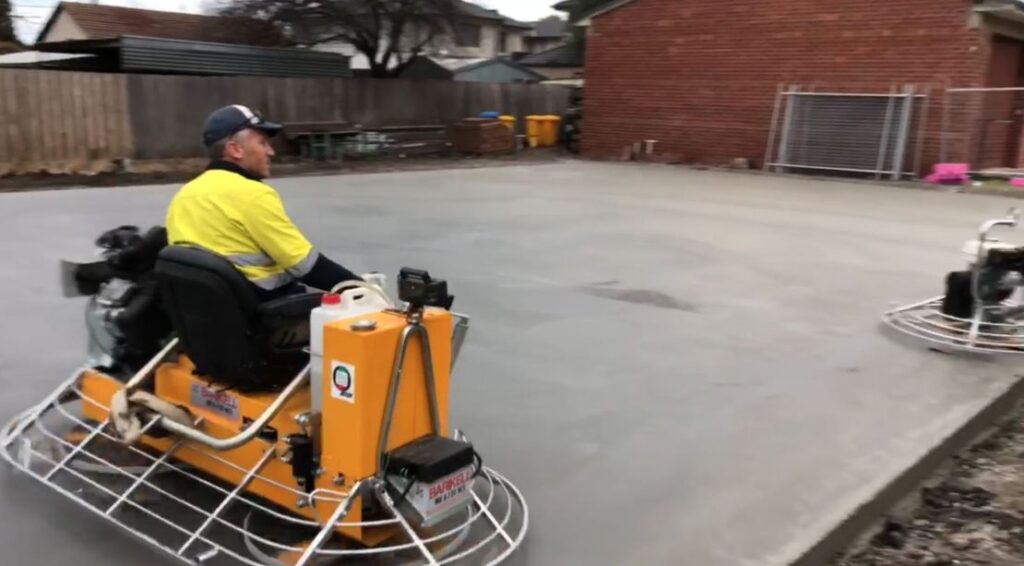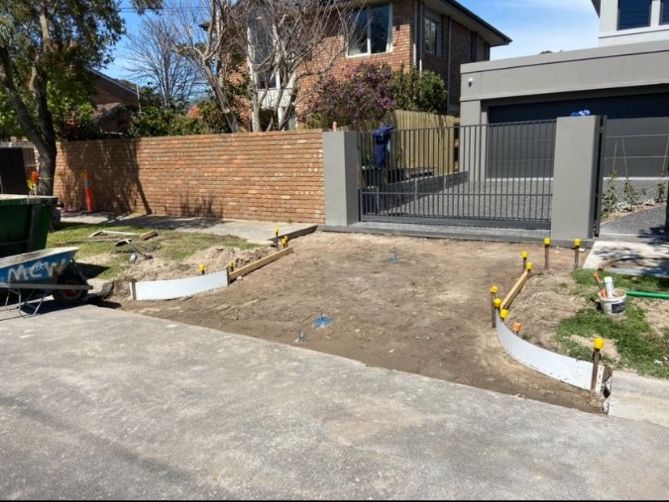Cutting expansion joints into your concrete driveway is essential since concrete contracts and expands depending on the temperature. Expansion joints allow driveways to adapt to these changes to prevent their surfaces from buckling or cracking.
Furthermore, concreters design these joints so that they can stop water from getting into the base material of the concrete or underlying soil. The process is also necessary to ensure a driveway’s long-term stability.
This post will discuss and answer the most common questions about expansion joints in concrete driveways.
Do I Need Expansion Joints in Concrete Driveway?
Yes, you need expansion joints in your concrete driveway. Although they are generally recommended for driveways that are more than 6 metres wide, these joints ensure stability and longevity in a driveway.
Expansion joints are fundamental in places that regularly experience heavy loads or traffic.

What Happens If You Don’t Cut Expansion Joints in Concrete?
A concrete surface without expansion joints can’t expand and contract when there are temperature changes. This can lead to its structure cracking or buckling, affecting its appearance and potentially becoming a safety hazard.
Failing to cut expansion joints in concrete can lead to the failure of its slabs, which will be costly to repair.
How Far Apart Should Driveway Expansion Joints Be?
Generally speaking, driveway expansion joints should be placed every 6 – 7 metres. Concrete driveways larger than 6 metres wide or adjacent to a building should have their spacing reduced to a single joint every 3 metres.
When Should I Cut Expansion Joints in a Concrete Driveway?
You should cut expansion joints in a concrete driveway as soon as it has sufficiently hardened to support the saw’s weight. The time it takes can be around 24 to 48 hours after applying the concrete.
It’s vital to cut expansion joints while the concrete still hasn’t hardened too much. Cutting the joints too late can cause the concrete to weaken or crack.

What are the Main Methods of Saw Cutting?
These are the main methods of saw cutting expansion joints:
Dry Cutting
Dry cutting is an approach to cutting expansion joints in concrete without water. Instead, a concreter will use a dry-cutting saw to cut through the concrete.
Wet Cutting
Wet cutting is the other type of saw cutting for expansion joints that involves the use of water. The liquid is designed to lubricate and cool the saw blade used in this method.
How Deep Should the Concrete Cuts Be?
The concrete cuts in expansion joints should be at least ¼ and no more than half the thickness of the slab. This is the generally accepted standard that most concrete installation companies apply on concrete surfaces.
